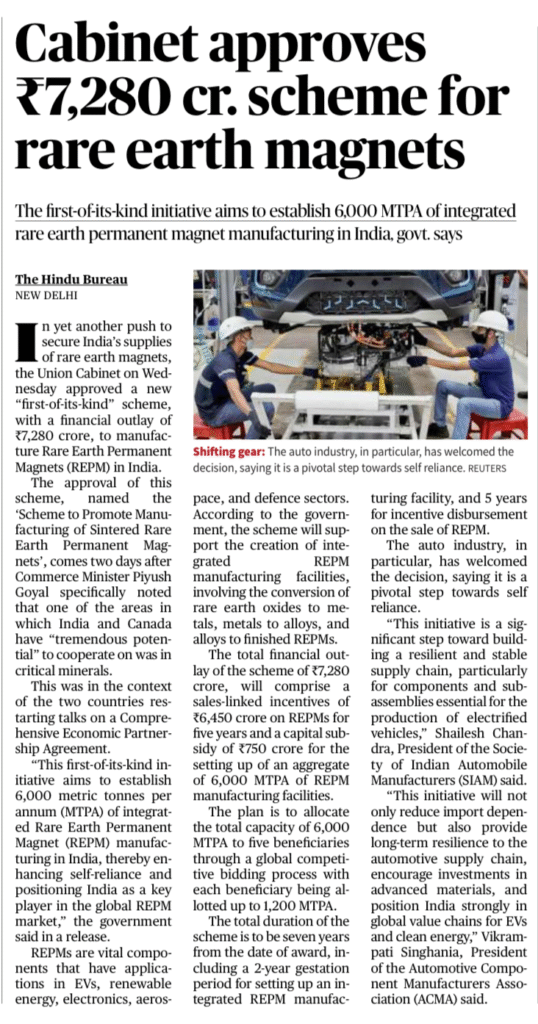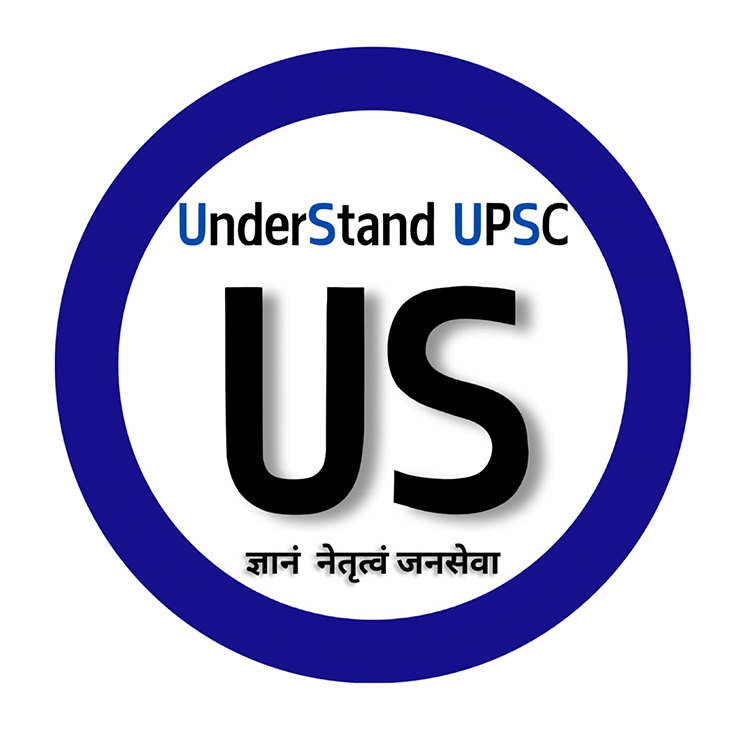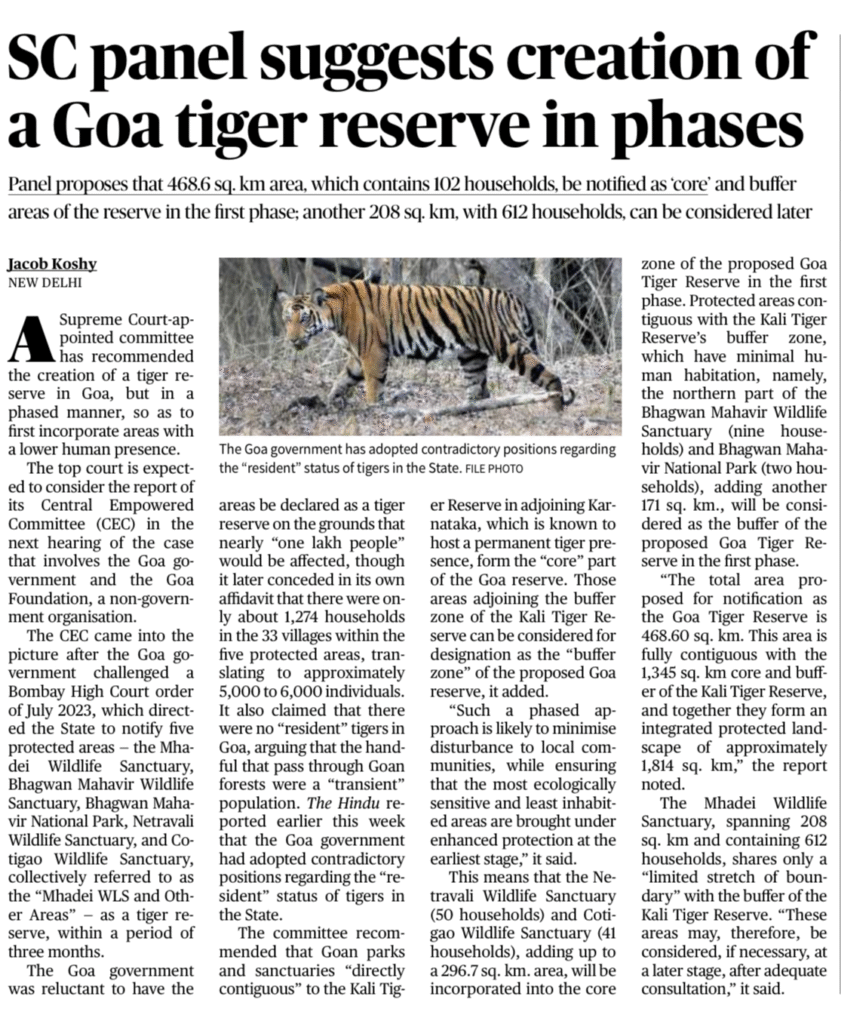November 27, 2025
Sourse: The Hindu, Tags: 27 Nov 2025 Context
CJI has said the Supreme Court will consider a plea to revive NJAC and end the Collegium system. To understand this, the core constitutional background is:
Article 124 (2) – The Root
• Judges of SC are appointed by the President after consultation with CJI & other judges.
• Debate: What does consultation mean?
• Executive primacy?
• Judicial primacy?
This ambiguity gave rise to the four Judges Cases.
Consultation vs Concurrence
• Consultation:
The president seeks views of the judiciary; not binding.
→ Executive has primacy.
• Concurrence:
The President must agree with the judiciary’s recommendation; binding.
→ Judiciary has primacy.
The shift from “consultation → concurrence” is the story of judicial appointments in India.
FOUR JUDGES CASES
First Judges Case (1981 – S.P. Gupta)
• Consultation ≠ concurrence.
• Executive primacy in appointments.
• Collegium did not exist.
Second Judges Case (1993)
• Overruled First Case.
• Judicial primacy established.
• “Consultation” = concurrence of CJI.
• Birth of the Collegium (CJI + 2 judges).
Third Judges Case (1998 – Presidential Reference)
• Expanded Collegium to CJI + 4 senior-most judges.
• Finalised the procedure → Present Collegium.
Fourth Judges Case (2015 – NJAC Judgment)
• Struck down NJAC (99th Amendment + NJAC Act).
• Reason: Violates Basic Structure – independence of judiciary.
• Collegium revived.
TDF
“Critically analyse how the ongoing plea to revive NJAC brings back the constitutional debate on consultation versus concurrence under Article 124, and reassess the framework for judicial appointments shaped by the four Judges Cases.” (150 words)










